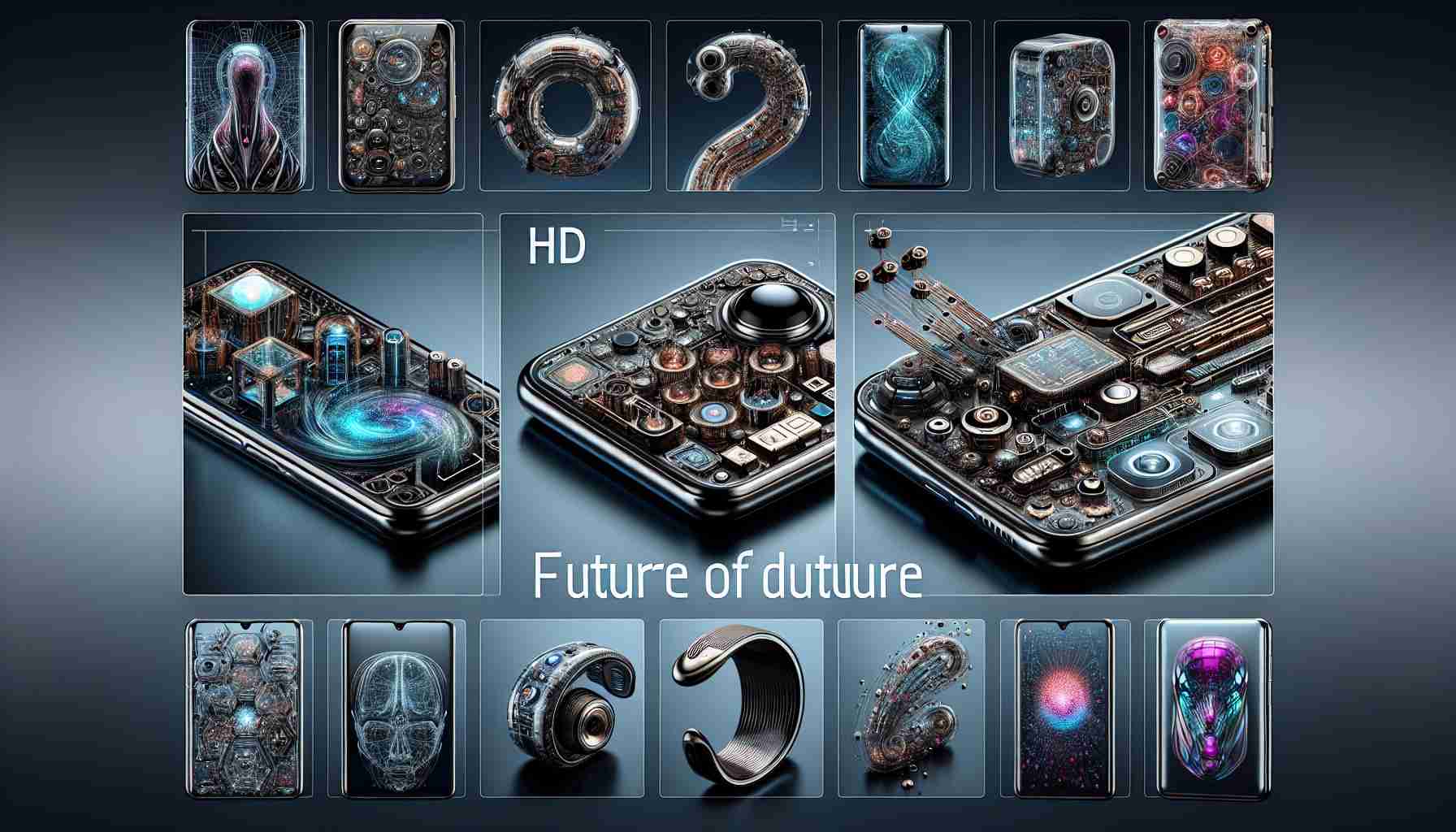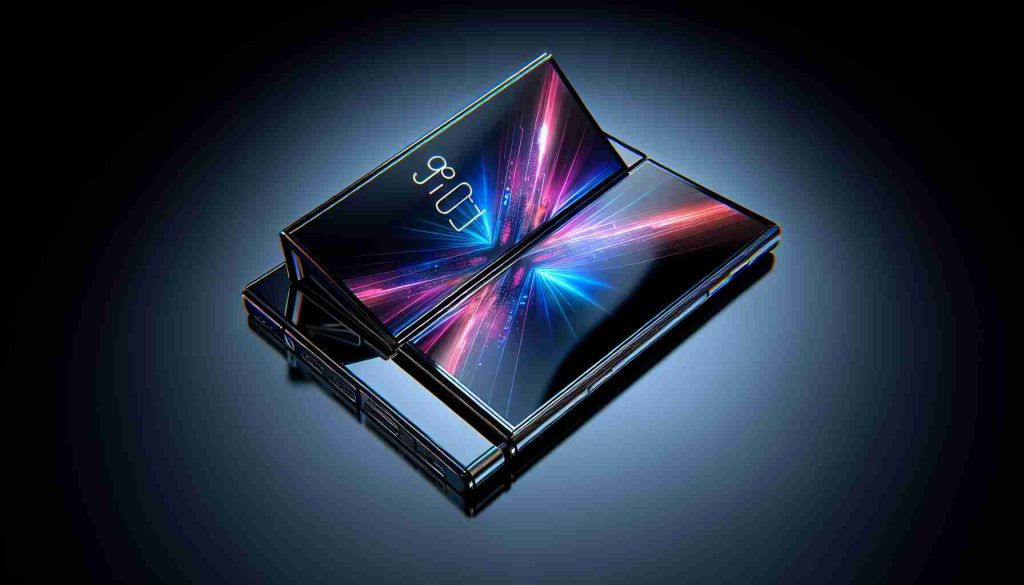Mobile phones are evolving beyond traditional rectangular shapes, incorporating new designs and features. While the core functions remain consistent, the future of phones is set to bring diverse models with unique capabilities. Instead of mundane rectangular designs, researchers are exploring various forms of phones for enhanced user experience.
Imagine wearing your phone on your wrist like a watch, a concept realized by ZTE with the ZTE Nubia Alpha in 2019. This 4-inch screen device challenges conventional phone layouts. However, despite being innovative, it received mixed reviews from experts, highlighting the challenges of unconventional designs in the market.
Notable mentions include the Cicret Phone, unveiled in 2014, which utilizes a smart laser projector for display, eliminating the need for screens. This unconventional method requires powerful projection technology while ensuring minimal impact on users’ health.
On the horizon are transparent phones that seemed only existent in movies, with LG securing a patent for transparent OLED screens as early as 2015. The transparent design poses challenges in display quality, requiring internal components to also be transparent, pushing technological boundaries.
Pushing boundaries further are concepts like cylindrical phones that save space and provide a unique hands-free experience. Prototyped by researchers at Queen’s University, Canada in 2018, this design offers a blend of practicality and novelty in mobile communication.
Lastly, the integration of phones into smart contact lenses with full functionalities, developed by researchers at Ghent University, Belgium back in 2014, foresees an era where communication devices seamlessly merge with wearable technology, paving the way for futuristic communication solutions.
Mobile phones are not just rectangular bricks of technology anymore; they are evolving into fascinating forms and functionalities that challenge the status quo. While the traditional rectangular design has been the norm for decades, the future holds a plethora of innovative designs waiting to revolutionize the way we interact with our devices.
What are the key questions that arise when exploring the future of mobile phone designs?
1. How can unconventional designs enhance user experience?
Unconventional designs like wearable phones or cylindrical devices offer unique ways to interact with technology, but do they truly add value to the user experience?
2. What challenges come with adopting new forms of mobile phones?
Incorporating innovative designs may introduce practical challenges such as durability, usability, and integration with existing technologies.
What are the advantages and disadvantages of moving beyond rectangular devices?
Advantages:
– Enhanced user experience through novel forms of interaction
– Potential for increased portability and convenience
– Opening up new possibilities for creative applications and functionalities
Disadvantages:
– Potential resistance from consumers accustomed to traditional designs
– Technical challenges in ensuring seamless performance and durability
– Higher production costs and development complexities
Expanding the discussion on innovative mobile phone designs:
ZiP Innovative Designs:
Imagine mobile phones that can be folded, rolled, or even worn as jewelry. The company ZiP has been pioneering designs that blur the line between fashion and technology, offering a glimpse into a future where phones seamlessly integrate into our daily lives.
Augmented Reality (AR) Integration:
Exploring how AR technology can be incorporated into mobile phone designs opens up a world of possibilities for immersive user experiences. Companies like Meta are already pushing the boundaries of AR, envisioning a future where your phone is not just a device but a gateway to alternate realities.
Emerging Materials and Sustainability:
As mobile phone designs evolve, so do the materials used in their construction. From biodegradable components to innovative recycling processes, companies like Fairphone are leading the way in creating sustainable and eco-friendly devices that are designed to last.
For further insights into the future of mobile phone designs and innovations, visit GSMA, the association representing the interests of mobile operators worldwide.























